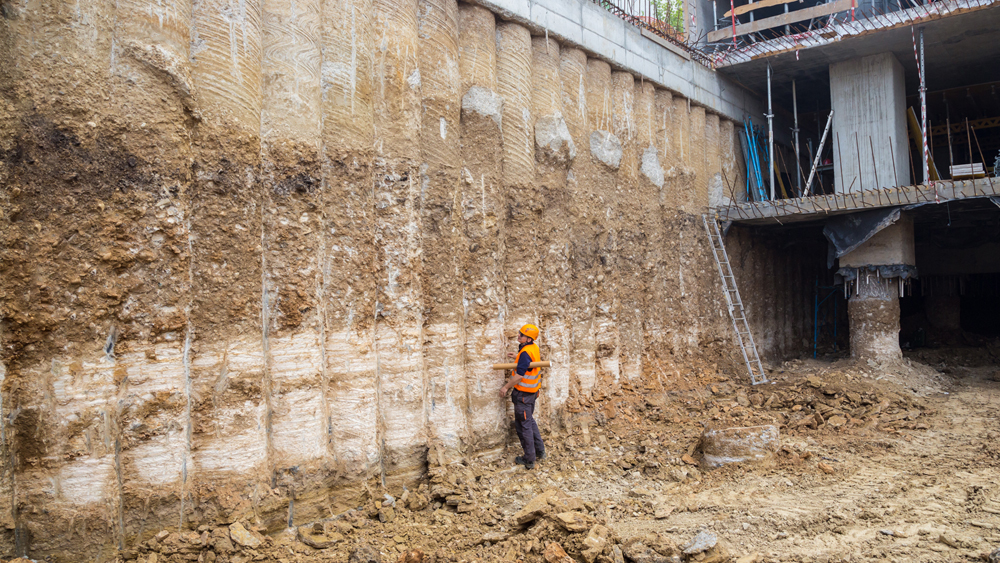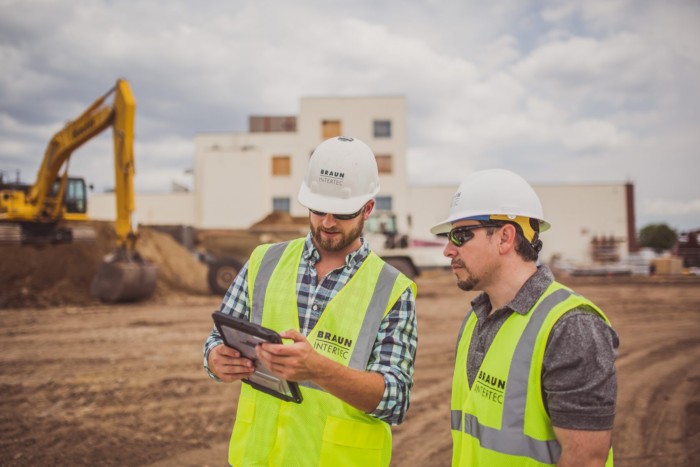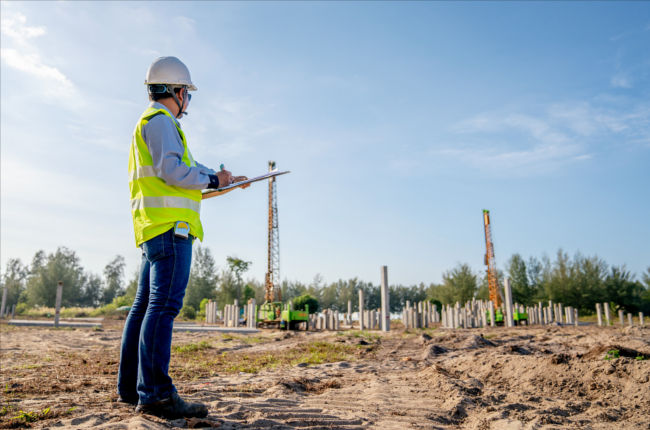Key Skills Every Geo Tech Engineer Demands for Efficient Website Evaluation
Wiki Article
The Interdisciplinary Approaches in the Geotechnical Industry: Linking the Void Between Design, Geology, and Environmental Science for Ideal Project Results
The assimilation of design, geology, and environmental science within the geotechnical market is not just advantageous; it is critical for attaining ideal task results. What strategies might emerge to promote this important collaboration and boost the efficiency of geotechnical practices?Value of Interdisciplinary Cooperation
The value of interdisciplinary partnership in the geotechnical industry can not be overstated. Reliable geotechnical tasks call for the combination of varied competence from numerous areas, including design, geology, and environmental science. This partnership ensures that all elements of a job are thought about, bring about extensive remedies that attend to complex difficulties.Interdisciplinary partnership promotes advancement by allowing specialists to share understandings and approaches that may not be obvious when operating in seclusion (engineer of record). By leveraging the strengths of multiple self-controls, teams can identify possible dangers, optimize design processes, and enhance the sustainability of geotechnical jobs. Furthermore, such partnership advertises an alternative understanding of site-specific problems, which is essential for exact assessment and decision-making.
The intricacy of geotechnical jobs demands a coordinated approach to analytical. Eventually, interdisciplinary collaboration is necessary for progressing best methods and attaining excellence in the geotechnical industry.
Key Roles of Each Discipline
Cooperation amongst various disciplines is not just advantageous; it is crucial for the successful implementation of geotechnical jobs. Each technique-- engineering, geology, and environmental scientific research-- plays an unique yet interconnected duty that adds to forecast efficiency and sustainability.Geotechnical engineers are primarily liable for making structures and making sure architectural honesty. They examine soil and rock buildings to examine load-bearing capacities, supplying crucial information for risk-free construction practices. Their experience allows the formula of ingenious remedies to complex difficulties.

Ecological researchers evaluate the prospective effects of building and construction on ecosystems and water resources. They conduct environmental analyses and establish mitigation techniques to lessen unfavorable effects. By incorporating eco-friendly factors to consider, they make certain conformity with policies and promote sustainability throughout the task lifecycle.
Case Research Studies of Effective Combination
Successful integration of geotechnical self-controls can be exhibited with various study that highlight the efficiency of synergy in attending to intricate design difficulties. One significant instance is the building and construction of the Hong Kong-- Zhuhai-- Macau Bridge, where a joint strategy involving geotechnical design, geology, and environmental scientific research was critical. Rock hounds and engineers functioned in unison to examine the seabed conditions and maximize the foundation layout, guaranteeing stability and lessening environmental effect.One more impactful situation is the enhancement of slope stability in the San Francisco Bay Area, where an interdisciplinary team integrated geotechnical analysis with environmental evaluations. By incorporating geological surveys and hydrological research studies, the group efficiently recognized prospective landslide dangers and applied reliable reduction steps, improving safety and security and sustainability.
Moreover, the redevelopment of Brownfield sites typically needs a multidisciplinary method. In one case in Chicago, collaboration amongst geotechnical designers, environmental researchers, and metropolitan planners caused the successful removal of infected dirt, enabling the safe makeover of the site right into an area park. These study highlight that interdisciplinary partnership not just addresses technological challenges however additionally cultivates ingenious solutions that profit both tasks and areas.
Obstacles in Multidisciplinary Projects

Additionally, coordinating timetables and operations among different tailings engineer groups can be problematic, particularly when each technique has one-of-a-kind job landmarks and deliverables. This imbalance can lead to delays and enhanced expenses. The challenge of source allocation likewise looms huge; ensuring that customized competence is available at essential points needs cautious preparation and foresight.
Finally, regulatory compliance positions one more considerable challenge. Each technique may face different regulative frameworks, and aligning these needs to fulfill project purposes can be complicated and time-consuming. Addressing these difficulties necessitates solid management and efficient communication methods to foster partnership and ensure that multidisciplinary groups work cohesively in the direction of shared objectives.
Future Trends in Geotechnical Practices
As the geotechnical industry develops, emerging trends are reshaping techniques to deal with the obstacles dealt with in multidisciplinary jobs - consulting engineer. One considerable trend is the increased integration of sophisticated modern technologies, such as expert system and equipment understanding, into geotechnical analysis and design. These modern technologies improve predictive modeling and danger analysis, enabling designers to make even more educated decisions throughout the project lifecycle
Additionally, the fostering of digital twins and real-time tracking systems is coming to be much more widespread. These tools assist in ongoing assessment of dirt conditions and architectural efficiency, enabling timely treatments when issues develop.
Verdict
To conclude, the integration of design, geology, and environmental scientific research is essential for achieving optimal end results in the geotechnical market. Interdisciplinary collaboration cultivates innovation, boosts problem-solving abilities, and straightens technical requirements with environmental sustainability. Successful study illustrate the benefits of this technique, while acknowledging the difficulties encountered in multidisciplinary tasks. Looking ahead, welcoming these collective techniques will certainly be vital for navigating future trends and advancing the area of geotechnical design.The assimilation of design, geology, and environmental science within the geotechnical market is not merely advantageous; it is crucial for attaining optimal project outcomes. Effective geotechnical jobs require the assimilation of diverse know-how from numerous fields, consisting of engineering, geology, and environmental science.Browsing the intricacies of multidisciplinary projects in the geotechnical sector offers several substantial difficulties.As the geotechnical industry progresses, arising trends are improving practices to address the difficulties encountered in multidisciplinary jobs. Geotechnical engineers are progressively working together with environmental scientists to ensure that projects line up with sustainability objectives and conform with regulatory requirements.
Report this wiki page